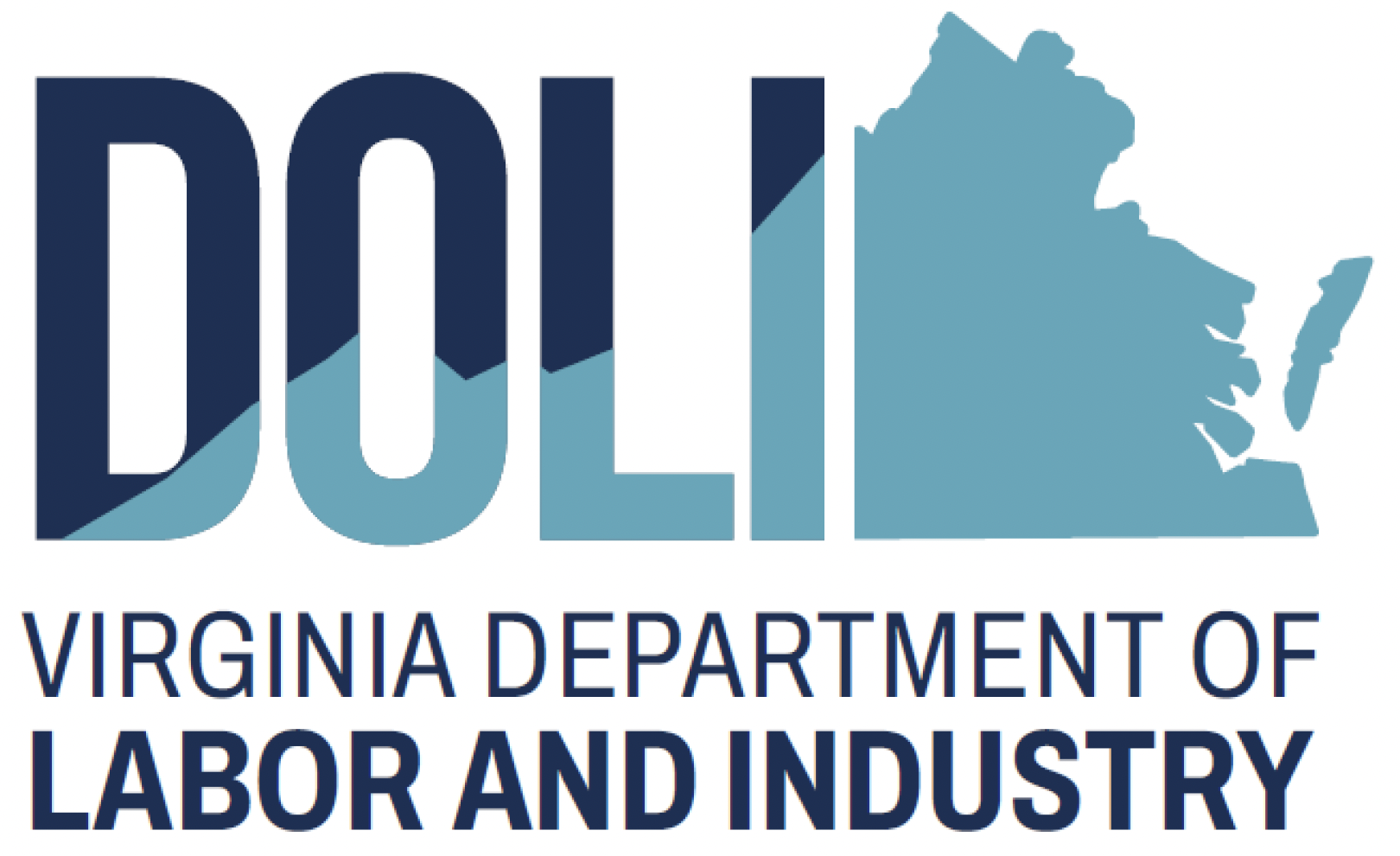Heat Stress
Many workers spend some part of their working day in a hot environment. Workers in foundries, laundries, construction projects, and bakeries — to name a few industries — often face hot conditions which pose special hazards to safety and health. The following materials can assist employers and employees in recognizing and evaluating hazards in the workplace.
Grain Protection
There are several provisions employers must follow to comply with the grain handling standard. They include requirements for hot work: entering bins, silos, tanks, and other storage structures: inside bucket elevator legs: preventive maintenance. Having a smooth-running grain handling system is critical. The more efficient the system is, the less the grain needs to be moved, and the less risk there will be of mechanical damage.
More Info & Resources
Fall Protection
Falls are among the most common causes of serious work-related injuries and deaths. Employers must set up the workplace to prevent employees from falling off of overhead platforms, elevated work stations or into holes in the floor and walls.
Agriculture
Agriculture ranks among the most dangerous industries. Farmworkers are at high risk for fatal and nonfatal injuries, work-related lung diseases, noise-induced hearing loss, skin diseases, and certain cancers associated with chemical use and prolonged sun exposure. Between 2003 and 2011, 5,816 agricultural workers died from work-related injuries in the US.
Electrical Safety
OSHA electrical safety focuses on preventing electrocution and other electrical hazards by establishing standards for electrical equipment, work practices, and training, with a strong emphasis on lockout/tagout procedures and safe distances from energized lines
Reverse Signal
The Department of Labor and Industry’s Virginia Occupational Safety and Health (VOSH) Program and the Virginia Safety and Health Codes Board have adopted a final regulation for Reverse Signal Operation Safety Requirements for Vehicles, Machinery and Equipment for General Industry and the Construction Industry, 16 VAC 25-97.
Tree Trimming
The Department of Labor and Industry’s Virginia Occupational Safety and Health (VOSH) Program and the Virginia Safety and Health Codes Board have adopted a final regulation for Tree Trimming Operations, 16VAC25-73. For additional information on safety, educational programs, meetings, publications and guidelines for tree service operations, be sure to visit the Tree Care Industry Association webpage.
More Info & Resources
News Article: English | Spanish
Explanation of Outreach: English | Spanish
Training Materials
The following supporting documentation was designed to assist in the understanding and implementation of this regulation.
Text of Regulation: English | Spanish
Training Certification Form: English | Spanish
Interpretations: English
Outreach/Phased Enforcement Explanation: English | Spanish
Powerpoint Presentation: English
Quick Cards – Quick reference guides for sections §40, thru §90 G-H
VOSH Directives on Tree Trimming Operations
VOSH Program Directive 02-244
Tree Trimming Operations, 16VAC25-73, Inspection Procedures and Interpretations
VOSH Program Directive 14-234
Local Emphasis Program – Tree Trimming Operations
Trenching and Excavation
Trench collapses, or cave-ins, pose the greatest risk to workers’ lives. Employers should ensure there is a safe way to enter and exit the trench. Keep materials away from the edge of the trench. Look for standing water or atmospheric hazards. Never enter a trench unless it has been properly inspected.
Struck-By
Struck-by injuries are produced by forcible contact or impact between the injured person and an object or piece of equipment.

 ONLINE PORTAL
ONLINE PORTAL
 LOCATIONS
LOCATIONS
 EVENTS
EVENTS
 ABOUT
ABOUT
 CONTACT
CONTACT